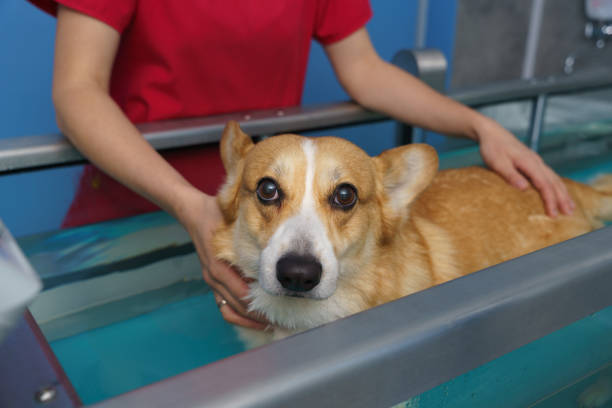Dog Grooming Services: What to Expect and How to Choose
Regular grooming does more than make a dog look neat; it supports skin and coat health, helps detect issues early, and reduces shedding and matting. Whether you visit a full-service salon, a mobile groomer, or use self-service facilities, understanding the components of pet grooming and what to expect helps you pick a service that fits your dog’s needs and temperament.

What does pet grooming include?
Pet grooming commonly covers bathing, brushing, nail trimming, ear cleaning, and haircutting or trimming where appropriate. A typical session begins with an assessment of coat condition and skin issues, followed by a bath with a shampoo chosen for the animal’s coat type. Brushing and deshedding remove loose hair and tangles; trimming nails prevents overgrowth and related discomfort. Many groomers also check ears and paw pads for signs of infection or irritation. Some salons offer add-on services like teeth brushing, flea treatments, or specialty styling; always ask which services are included and which cost extra to avoid surprises.
How does grooming help a dog?
For a dog, grooming is both preventive care and comfort maintenance. Regular brushing reduces matting that can pull on the skin, while baths remove dirt, allergens, and parasites that may irritate the coat or skin. Nail trims prevent painful cracking or altered gait when nails grow too long. Professional groomers can spot lumps, hot spots, or signs of parasites that owners might miss. For breeds with dense undercoats, seasonal grooming helps manage shedding and keeps the dog cooler in warm months. Grooming frequency depends on breed, coat type, activity level, and any medical conditions.
Should I groom my cat professionally?
Cats require less frequent professional grooming than many dogs, but long-haired breeds or older cats with limited mobility can benefit from salon visits. Professional cat groomers use equipment and techniques designed to reduce stress—for example, gentle handling and shorter sessions. Services for cats often focus on de-shedding, sanitary trimming, and mat removal; full haircuts or lion clips are sometimes offered. If your cat is anxious or has special needs, look for groomers experienced with feline behavior and ask about sedation policies; reputable providers will not sedate without clear veterinary guidance.
What to look for in a groomer?
Choose a groomer who communicates clearly about processes, pricing, and handling procedures. Look for certifications or training in animal handling and first aid, cleanliness of the facility, and policies for emergencies. Observe how staff interact with animals—calm, patient handling is a good sign. Ask about equipment cleaning, shampoo ingredients, and whether the groomer can accommodate behavioral or medical concerns. If you’re booking online and encounter system errors (for example: Too Many Requests), try calling the salon directly or sending a message; some booking platforms and APIs can throttle traffic and return errors, but staff should still be reachable by phone or email.
How grooming relates to animal care
Grooming is a component of broader animal care that intersects with nutrition, veterinary checkups, and daily home maintenance. Regular grooming visits create opportunities for early detection of skin infections, lumps, ear mites, or dental issues that warrant veterinary attention. Groomers often advise on at-home routines tailored to a pet’s coat and lifestyle, helping owners maintain comfort between appointments. This article is for informational purposes only and should not be considered medical advice. Please consult a qualified healthcare professional for personalized guidance and treatment.
Conclusion
Dog grooming services range from basic washes and nail trims to full styling and specialty care. Choosing the right option involves understanding your pet’s coat and behavior, vetting groomers for training and safety practices, and planning a schedule that supports ongoing health. When in doubt, consult both your veterinarian and a trusted groomer to develop a grooming plan that fits your pet’s needs and your household routine.






